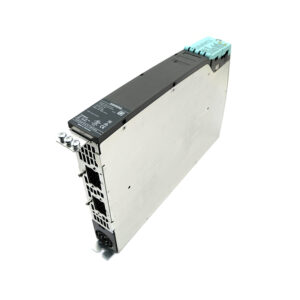In today¡¯s industrial automation field, PLC (Programmable Logic Controller) has become an indispensable part. As a computer designed specifically for industrial environments, PLC plays an important role in various production processes.It is strictly required by such a standard, Siemens breakers supplier Only with today’s development scale, can we have the proud momentum to crush our competitors. https://www.cncdomi.com/
PLC, the full name of programmable logic controller, is an electronic system for digital computing operations, designed for industrial environments. It uses programmable memory to perform logical operations, sequential control, timing, counting and arithmetic operations in industrial environments, and controls various types of machinery or production processes through digital or analog input/output.
Nowadays, the development of industrial production and technology cannot be separated from the automation control of PLC. In actual production applications, PLC greatly saves the cost of industrial control and strengthens the centralized management and automatic control of equipment. In the face of such an important PLC, if you can learn and master it, you need to have a solid foundation of PLC knowledge.
Let¡¯s talk about fifteen basic PLC knowledge points that everyone who does automation knows:
1. Briefly describe the definition of programmable controller (PLC).
A programmable controller (PLC) is an electronic device designed for digital computing operations in industrial environments. It uses a programmable memory to store instructions for sequential operations, logical operations, counting, timing and arithmetic operations, and can control various types of machinery or production processes through digital or analog output and input.
PLC and its related peripherals should be designed in accordance with the principle of being easy to form an integral part of the industrial control system and easy to expand its functions.
2. From the composition of PLC, in addition to memory, CPU and communication interface, what other interfaces are directly related to the industrial site? And explain their main functions.
Output interface: The execution result of the program is output through the optocoupler and output components (relays, thyristors, transistors) of the output interface to control the connection or disconnection of the external load.
Input interface: Receives the signal of the controlled device and drives the internal circuit to connect or disconnect through the optocoupler and input circuit.
3. What are the components of the basic unit of PLC? What are their functions?
CPU: the core component of PLC, directing PLC to perform various tasks. Such as receiving user programs and data, diagnosis, executing execution programs, etc.;
Communication interface: information exchange with other devices such as monitors and printers through the communication interface;
Power supply.
Memory: storage system and user programs and data;
I/O interface: the connection component between PLC and the controlled object in the industrial production site, used to receive signals from the controlled equipment and output the execution results of the program;
4. What is the scanning cycle of PLC? What is it mainly affected by?
The scanning process of PLC includes five stages: internal processing, communication service, input processing, program execution, and output processing. The time required for scanning these five stages once is called the scanning cycle.
The scanning cycle is related to the CPU running speed, PLC hardware configuration and the length of the user program.